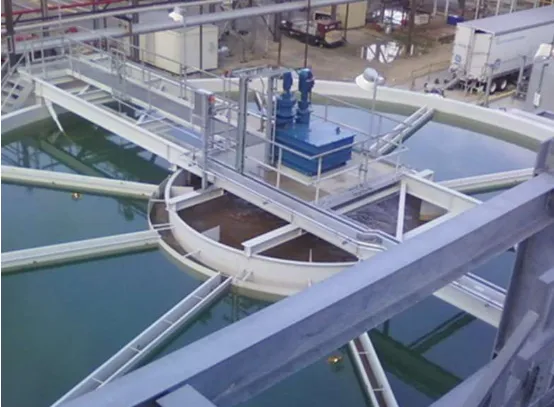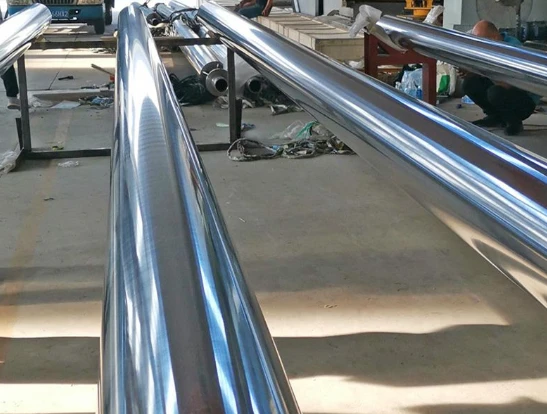
-
 Afrikaans
Afrikaans -
 Albanian
Albanian -
 Amharic
Amharic -
 Arabic
Arabic -
 Armenian
Armenian -
 Azerbaijani
Azerbaijani -
 Basque
Basque -
 Belarusian
Belarusian -
 Bengali
Bengali -
 Bosnian
Bosnian -
 Bulgarian
Bulgarian -
 Catalan
Catalan -
 Cebuano
Cebuano -
 China
China -
 China (Taiwan)
China (Taiwan) -
 Corsican
Corsican -
 Croatian
Croatian -
 Czech
Czech -
 Danish
Danish -
 Dutch
Dutch -
 English
English -
 Esperanto
Esperanto -
 Estonian
Estonian -
 Finnish
Finnish -
 French
French -
 Frisian
Frisian -
 Galician
Galician -
 Georgian
Georgian -
 German
German -
 Greek
Greek -
 Gujarati
Gujarati -
 Haitian Creole
Haitian Creole -
 hausa
hausa -
 hawaiian
hawaiian -
 Hebrew
Hebrew -
 Hindi
Hindi -
 Miao
Miao -
 Hungarian
Hungarian -
 Icelandic
Icelandic -
 igbo
igbo -
 Indonesian
Indonesian -
 irish
irish -
 Italian
Italian -
 Japanese
Japanese -
 Javanese
Javanese -
 Kannada
Kannada -
 kazakh
kazakh -
 Khmer
Khmer -
 Rwandese
Rwandese -
 Korean
Korean -
 Kurdish
Kurdish -
 Kyrgyz
Kyrgyz -
 Lao
Lao -
 Latin
Latin -
 Latvian
Latvian -
 Lithuanian
Lithuanian -
 Luxembourgish
Luxembourgish -
 Macedonian
Macedonian -
 Malgashi
Malgashi -
 Malay
Malay -
 Malayalam
Malayalam -
 Maltese
Maltese -
 Maori
Maori -
 Marathi
Marathi -
 Mongolian
Mongolian -
 Myanmar
Myanmar -
 Nepali
Nepali -
 Norwegian
Norwegian -
 Norwegian
Norwegian -
 Occitan
Occitan -
 Pashto
Pashto -
 Persian
Persian -
 Polish
Polish -
 Portuguese
Portuguese -
 Punjabi
Punjabi -
 Romanian
Romanian -
 Russian
Russian -
 Samoan
Samoan -
 Scottish Gaelic
Scottish Gaelic -
 Serbian
Serbian -
 Sesotho
Sesotho -
 Shona
Shona -
 Sindhi
Sindhi -
 Sinhala
Sinhala -
 Slovak
Slovak -
 Slovenian
Slovenian -
 Somali
Somali -
 Spanish
Spanish -
 Sundanese
Sundanese -
 Swahili
Swahili -
 Swedish
Swedish -
 Tagalog
Tagalog -
 Tajik
Tajik -
 Tamil
Tamil -
 Tatar
Tatar -
 Telugu
Telugu -
 Thai
Thai -
 Turkish
Turkish -
 Turkmen
Turkmen -
 Ukrainian
Ukrainian -
 Urdu
Urdu -
 Uighur
Uighur -
 Uzbek
Uzbek -
 Vietnamese
Vietnamese -
 Welsh
Welsh -
 Bantu
Bantu -
 Yiddish
Yiddish -
 Yoruba
Yoruba -
 Zulu
Zulu
Feb . 06, 2025 03:43
Back to list
frp rectangular tube
In the realm of modern construction and industrial applications, the FRP rectangular tube stands as a testament to innovation and practical utility. The demand for durable materials that withstand harsh environments while maintaining structural integrity has propelled FRP rectangular tubes to the forefront of materials science.
From an environmental perspective, the benefits of FRP rectangular tubes are significant. Their long life span reduces the frequency of replacements, diminishing the ecological impact associated with manufacturing and transportation. Moreover, many FRP products are now developed with sustainable practices in mind, further reducing carbon footprints and aligning with the global shift towards more sustainable construction practices. Real-world applications of FRP rectangular tubes demonstrate their versatility and reliability. Take, for instance, their use in pedestrian bridge construction. The lightweight nature of these tubes allows for rapid construction and reduced reliance on heavy equipment, while their durability ensures a long service life with minimal upkeep. Similarly, in the chemical processing industry, FRP tubes offer unparalleled resistance to corrosive substances, maintaining their structural integrity where metal would fail. Expert consultations often highlight the customization potential of FRP rectangular tubes. Engineers and architects appreciate the ability to tailor these tubes to specific project requirements, whether it's adjusting dimensions, incorporating additional reinforcement, or selecting specific resins to optimize performance. This adaptability ensures that FRP tubes meet the exacting standards of diverse applications, from the rugged demands of mining operations to the aesthetic requirements of architectural designs. In summation, FRP rectangular tubes embody a fusion of strength, resilience, and versatility. Their growing application across industries is a testament to their superior performance characteristics and economic benefits. Companies prioritizing longevity, safety, and environmental responsibility are increasingly choosing FRP as the material of choice, a trend that aligns seamlessly with contemporary engineering and architectural philosophies. As technological advancements continue, one can only anticipate further innovations in FRP applications, solidifying its position as a cornerstone of modern material science.


From an environmental perspective, the benefits of FRP rectangular tubes are significant. Their long life span reduces the frequency of replacements, diminishing the ecological impact associated with manufacturing and transportation. Moreover, many FRP products are now developed with sustainable practices in mind, further reducing carbon footprints and aligning with the global shift towards more sustainable construction practices. Real-world applications of FRP rectangular tubes demonstrate their versatility and reliability. Take, for instance, their use in pedestrian bridge construction. The lightweight nature of these tubes allows for rapid construction and reduced reliance on heavy equipment, while their durability ensures a long service life with minimal upkeep. Similarly, in the chemical processing industry, FRP tubes offer unparalleled resistance to corrosive substances, maintaining their structural integrity where metal would fail. Expert consultations often highlight the customization potential of FRP rectangular tubes. Engineers and architects appreciate the ability to tailor these tubes to specific project requirements, whether it's adjusting dimensions, incorporating additional reinforcement, or selecting specific resins to optimize performance. This adaptability ensures that FRP tubes meet the exacting standards of diverse applications, from the rugged demands of mining operations to the aesthetic requirements of architectural designs. In summation, FRP rectangular tubes embody a fusion of strength, resilience, and versatility. Their growing application across industries is a testament to their superior performance characteristics and economic benefits. Companies prioritizing longevity, safety, and environmental responsibility are increasingly choosing FRP as the material of choice, a trend that aligns seamlessly with contemporary engineering and architectural philosophies. As technological advancements continue, one can only anticipate further innovations in FRP applications, solidifying its position as a cornerstone of modern material science.
Next:
Related Products









